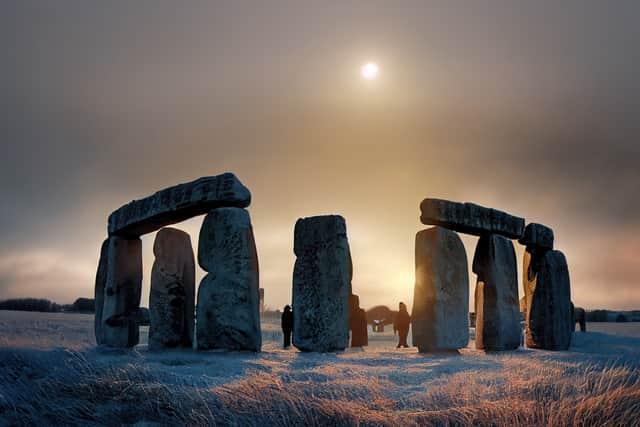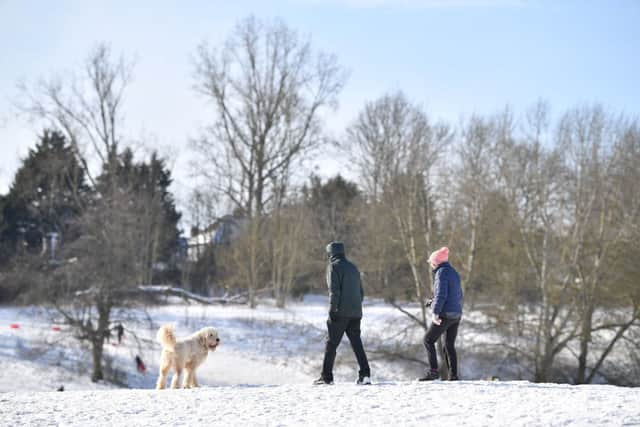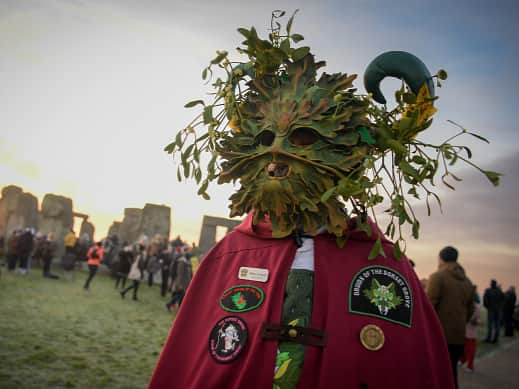When is the shortest day of the year 2022? Date of Winter Solstice, meaning - and when is the longest day
and live on Freeview channel 276
If you’ve felt like the days have been getting shorter and shorter recently, you’d be absolutely correct. That’s because with the arrival of winter comes the winter solstice - and with the winter solstice comes the shortest day of the year.
The shortest day of the year follows on from the longest day of the year, which we had earlier in 2022 in June.
This is everything you need to know.
What is the winter solstice?
Advertisement
Hide AdAdvertisement
Hide AdAs the earth rotates around the sun, it does so on a tilted axis. When this axis is tilted towards the sun, it’s summer in the northern hemisphere, and when it leans the other way, it’s winter. Whatever is happening in the northern hemisphere, the opposite is happening in the southern hemisphere, so when the northern hemisphere is in summer, the southern is in winter, and vice versa.


During the winter solstice, the earth’s axis is tilted at its furthest point away from the sun, which makes the shortest day of the year and the longest night. After the winter solstice passes, the days will once again begin to grow longer and longer until we reach the summer solstice, which boasts the longest day of the year, and the shortest night.
When is the shortest day of the year?
This year, the winter solstice will occur on Wednesday, 21 December. Because the winter solstice occurs at the same time for everyone in the Northern Hemisphere, it will take place at 9:48pm GMT. On the other side of the world in the Southern Hemisphere, the opposite will be happening and those in that part of the globe will experience their longest day of the year.
Does the winter solstice always happen on the same date?
Whilst the winter solstice falls on 21 or 22 December more often than not, it can happen on 20, 21, 22 or 23 December. However, 20 and 23 December solstices are very rare. The last winter solstice to take place on 23 December happened in 1903, and isn’t scheduled to happen again until 2303.
Advertisement
Hide AdAdvertisement
Hide AdAdditionally, the next 20 December winter solstice won’t happen until 2080. The date varies because our standard Gregorian calendar year, with 365 days divided into 12 months, does not match the length of the tropical year, which is the length of time it takes for the earth to complete a full orbit around the sun.


The planet takes around 365.242199 days to orbit around the sun, which means that the timing of the solstice becomes separated from the Gregorian calendar.
In order to realign the calendar with the tropical year, a leap day is introduced roughly every four years, making the Gregorian calendar 366 days long. When this happens, the solstice dates revert back to the earlier date again, which is 21 December most years.
How is the winter solstice celebrated?
The winter solstice has been regarded as an important date throughout history for many cultures, as it represents the passing of the seasons, and the turning over of a new leaf. The winter solstice continues to be highly celebrated in many areas across the UK, with tradition drawing the likes of druids, pagans and enthusiasts to Stonehenge to mark the day and watch the sun rise.


Advertisement
Hide AdAdvertisement
Hide AdWhen the sun rises behind the “Heel Stone”, a huge boulder of hard sarsen which stands separate from the iconic stone circle, light pours into the heart of Stonehenge. A popular theory as to why Stonehenge was built is that it was made to align with the movements of the sun, and to mark the important twice yearly dates of the winter solstice and summer solstice.
Comment Guidelines
National World encourages reader discussion on our stories. User feedback, insights and back-and-forth exchanges add a rich layer of context to reporting. Please review our Community Guidelines before commenting.
